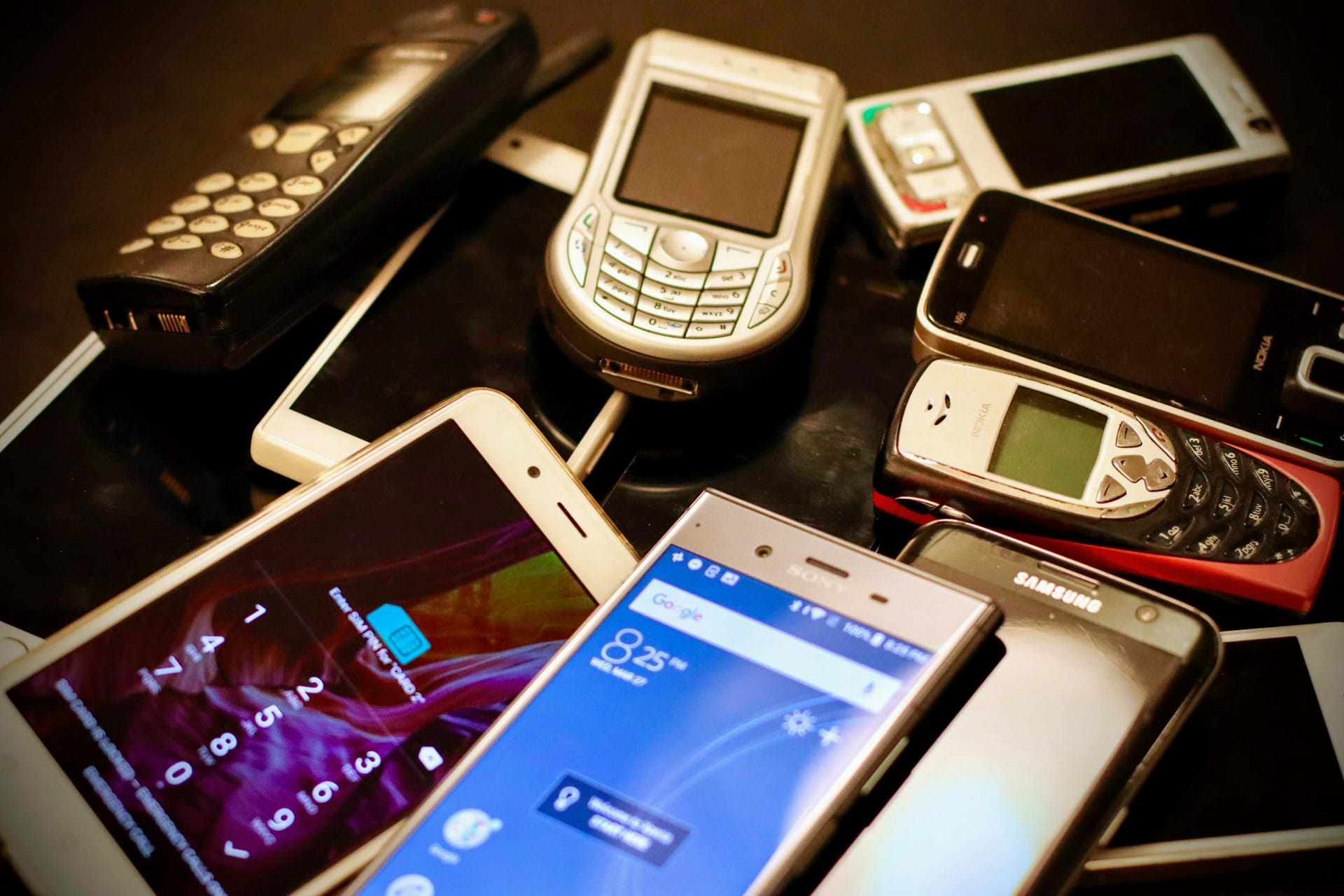Consumers Are Willing to Pay More for More Sustainable Devices
The market for refurbished mobile devices and circular services is thriving and could surpass $150 billion by 2027, according to a report published by GSMA, an organization representing mobile operators worldwide. The study, titled “Rethinking Mobile Phones: the Business Case for Circularity”, surveyed over 10,000 mobile phone users in 26 countries, revealing a significant shift in consumer perception regarding the sustainability of devices.
According to the report, more than 70% of consumers globally are willing to pay more for eco-friendly phones. This figure reinforces the idea that circularity is not just an environmental necessity but also a key business opportunity for the mobile industry.
A Shift in the Business Model
The report highlights that evolving consumer attitudes, alongside regulatory changes and growing electronic waste issues, are challenging the traditional linear business model of mobile telephony. Currently, 90% of surveyed operators have already implemented at least one circular business model, with refurbishment and electronic waste management as primary strategies. However, 80% of those with refurbishment programs believe much more could be done by exploring options like leasing and device renewals and upgrades.
Steven Moore, Head of Climate Action at GSMA, noted that “the growing demand for sustainable and refurbished phones, as well as repair services, represents a significant opportunity for the mobile industry. Unlocking its potential requires strong collaboration among manufacturers, mobile operators, refurbishers, and recyclers, in addition to government policies that facilitate this transition.”
Consumers Seek Durable and Sustainable Devices
The new phone market has shown signs of slowing down in recent years, with consumers keeping their devices longer than a decade ago. 85% of respondents consider sustainability a key criterion when purchasing a new device, surpassing aesthetics (73%) and artificial intelligence capabilities (67%).
The refurbished phone market has also grown rapidly. In France, one in six phones sold in 2024 was refurbished, while in India, over 50% of consumers are considering this option for their next purchase. Moreover, two-thirds of respondents reported having needed to repair their current or previous phone.
Economic and Environmental Benefits of Circularity
The report also emphasizes that circularity offers not only environmental advantages but also economic benefits. The growth of the refurbished device and repair services market could generate new revenue sources for manufacturers and operators. Additionally, producing more durable and repairable devices enhances customer satisfaction and loyalty, strengthens brand image, and attracts environmentally conscious investors.
Furthermore, circularity also bolsters local economies, reduces dependence on mining and imports of critical materials, expands digital access, and creates new job opportunities. In this regard, GSMA has recently developed an online marketplace for mobile operators to resell and reuse network equipment, involving over 40 operators, generating both economic benefits and carbon emission reductions.
It is estimated that there are between 5 billion and 10 billion unused devices worldwide, containing approximately 100,000 tons of copper, 7 million ounces of gold, and 1 million ounces of palladium, with a value close to $20 billion. Given the growing strategic importance of critical minerals, obsolete electronic devices are becoming a key source of recyclable materials.
Reducing Electronic Waste and Emissions
In 2024, over 1.2 billion new smartphones were sold, generating more than 60 million tons of CO2 emissions during their manufacturing, a figure comparable to the annual emissions of countries like Morocco or Romania. According to UN data, electronic waste generates external costs of $78 billion annually for society and the environment.
Repairing and refurbishing devices can drastically reduce these impacts. Manufacturing a refurbished phone emits between 80% and 90% less carbon than producing a new one. Companies like Telefónica, Orange, Deutsche Telekom, Vodafone, and KDDI have already implemented circularity strategies, while manufacturers like Samsung, Apple, and Fairphone are focusing on eco-design and more sustainable supply chains.
At the government level, the European Union is implementing new regulations on eco-design, reparability, and recycling, which will come into effect this year. In countries like the United States, Canada, Brazil, and India, policies are also being promoted to encourage the repair and reuse of devices, establishing a long-term sustainability vision centered on circularity.

